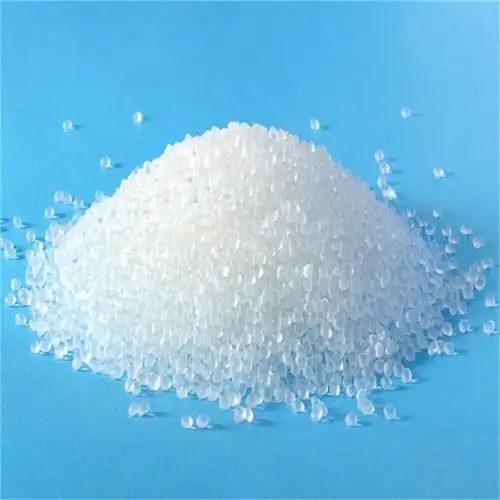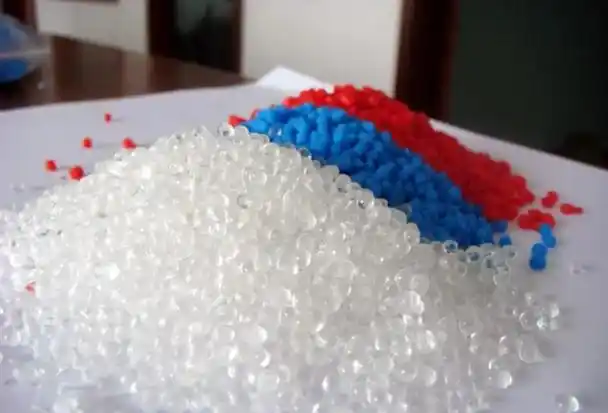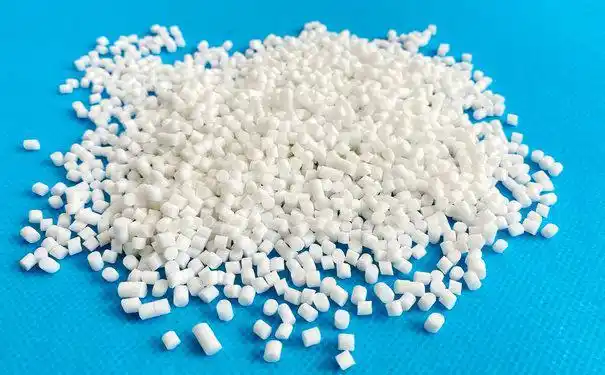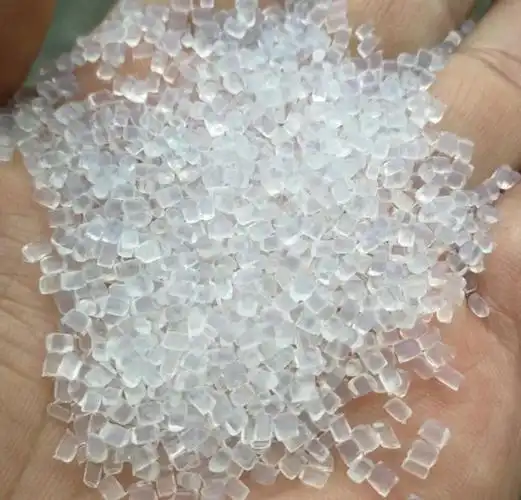How Many Types of TPE Materials Are There and What Are the Differences?
In the dynamic world of materials science, thermoplastic elastomers (TPEs) have emerged as a game-changer. These versatile materials combine the elasticity of rubber with the processability of plastics, making them highly sought after in a wide range of industries, from automotive to medical devices. As someone who has been deeply involved in the TPE industry […]
How Many Types of TPE Materials Are There and What Are the Differences? Read More »







